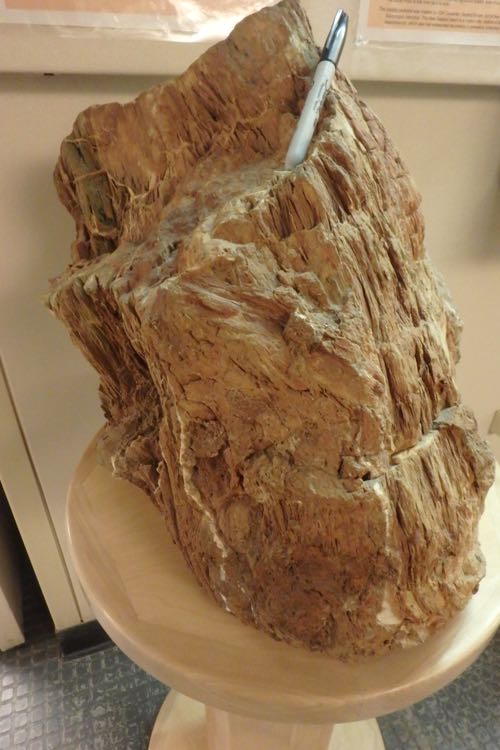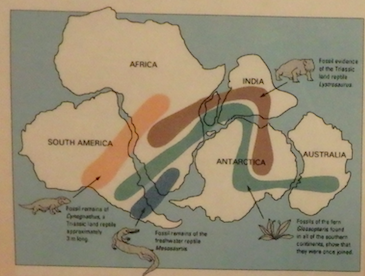Weather

Menu

Flight Board
 Notice our new re-deployment (flight off the ice) date. Re-deployment flight in review: We should have left Monday. We got bumped due to weather issues. Our Tuesday flight was cancelled due to mechanical issues. That was a 48 hour delay. We were just notified today that our 48 hour delay has been extended two more days. Best case scenario now is that we leave Saturday.
Notice our new re-deployment (flight off the ice) date. Re-deployment flight in review: We should have left Monday. We got bumped due to weather issues. Our Tuesday flight was cancelled due to mechanical issues. That was a 48 hour delay. We were just notified today that our 48 hour delay has been extended two more days. Best case scenario now is that we leave Saturday.
Episode #4 of "Meet the Scientist" with Dr. Byron Adams
 Dr. Byron Adams is the P.I. (Principal Investigator for the C-507 soil team or "Wormherders" as we like to call ourselves). Dr. Adams is on the left.
Dr. Byron Adams is the P.I. (Principal Investigator for the C-507 soil team or "Wormherders" as we like to call ourselves). Dr. Adams is on the left.
Hey kids! K-Dawg asked me to tell you a little bit about how I roll, so here goes!
Growing up on a small farm in a small town in California, taking an interest in biology came naturally for me. I loved playing outside in the fields, streams and woods near my home. Add to that the plants in the garden, animals on the farm, and tide pools on the coast and you can see how I was completely surrounded by nature. I had millions of questions, and parents and teachers who helped me learn how to answer them. I really liked going to school and learning new things, but you wouldn't know it by my grades…
 Dr. Jeb Barratt and Dr. Byron Adams exploring new areas to sample in the Bonney Lake area of the Dry Valleys.
Dr. Jeb Barratt and Dr. Byron Adams exploring new areas to sample in the Bonney Lake area of the Dry Valleys.
As a kid, the only biologists I knew of were doctors, dentists or hosted shows on TV. It wasn't until I was in college that I learned that I could actually get paid to study biology! That's when I decided I wanted to be a research scientist and university professor. So I finished my undergraduate degree, and then just kept on studying biology! From the time I was a little kid right up until today, I spend my time thinking about how organisms and ecosystems work. I think I'm the luckiest guy in the world for a lot of reasons, but one of them is that I have a job that I love. Sure beats working!
 Dr. Adams is one of the most passionate and knowledgeable scientist that I have ever met. Having said that, when it's time to play, he does that very well also. Here he is working on his new project. It's called a Dewyboy. It is a mixture of Frosty Boy ice cream and Mountain Dew.
Dr. Adams is one of the most passionate and knowledgeable scientist that I have ever met. Having said that, when it's time to play, he does that very well also. Here he is working on his new project. It's called a Dewyboy. It is a mixture of Frosty Boy ice cream and Mountain Dew.
The Earth is full of wonder and mystery, and I could find plenty of unanswered questions to work on someplace warmer and a lot closer to home. But Antarctica is the perfect place to understand very basic biological and ecological principles. Mother Nature has done this incredible experiment for us down here, wiping out thousands of species during the ice ages, leaving only a handful of them today to perform all the tasks required for a fully functioning ecosystem. So in order to figure out things like how different species work together to form resilient ecosystems, or how the stability of ecosystems changes in response to changes in species diversity, distribution and abundance, all I have to do is come down here and take very careful notes!
 Dr. Adams on our helicopter flight into University Valley. It is one of the highest, and coldest, of the Dry Valleys. He and I spent time up there gathering samples to see if any soil animal life could be found in such harsh conditions.
Dr. Adams on our helicopter flight into University Valley. It is one of the highest, and coldest, of the Dry Valleys. He and I spent time up there gathering samples to see if any soil animal life could be found in such harsh conditions.
I'd like to wrap up by saying that I'm living proof that you don't have to be very smart to be a scientist. The real secret is to be persistent, and to not let all the grownups in your life suppress your child-like curiosity. The wonder and awe you have for the world around you is the engine that drives the greatest discoveries.
Mystery Artifact Question: What is this thing that was found in Antarctica, and what story does it tell?
 Mystery Antarctic Artifact.
Mystery Antarctic Artifact.
Answer: This is a preserved stump of a tree called "Glossopteris". It comes from the permian age (about 250 mya). This is evidence that the area of the South Pole used to have trees. It was the most dominant plant in the southern hemisphere at that time. Several fossils have been found across several separated landmasses. This leads us to believe that the southern continents used to all be connected in the supercontinent Gonwana.
 Gondwana. Photo from the Crary Lab museum.
Gondwana. Photo from the Crary Lab museum.
One more interesting fact about Glossopteris: The first fossils of Glossopteris found in the Antarctic were discovered by Robert Falcon Scott. If you'll remember, his party was the second to reach the South Pole. Roald Amundsen's team beat him there by a month. Amundsen's team returned safely. Scott's team perished. When Scott's team was discovered, it was learned that they knew they were in trouble and had been dumping their supplies along the way to make their load lighter. They were found with their rock specimens (Glossopteris samples) because of their desire to spread the word of their scientific importance. They chucked out stuff to help them survive and kept their rocks. Pretty dedicated scientists.
Check out this article that tells about important scientific discoveries that Robert Scott's team found on their fatal South Pole expedition.


Add new comment